Pet behaviours that melt our hearts can sometimes be more than cute quirks; they might signal underlying issues. Are you mistaking these endearing actions for something more serious?
1. Constant Cuddling

While it’s heartwarming to have a pet that loves to snuggle, excessive clinginess can indicate anxiety or insecurity. Pets needing constant physical contact might be struggling with separation anxiety.
2. Following You Everywhere
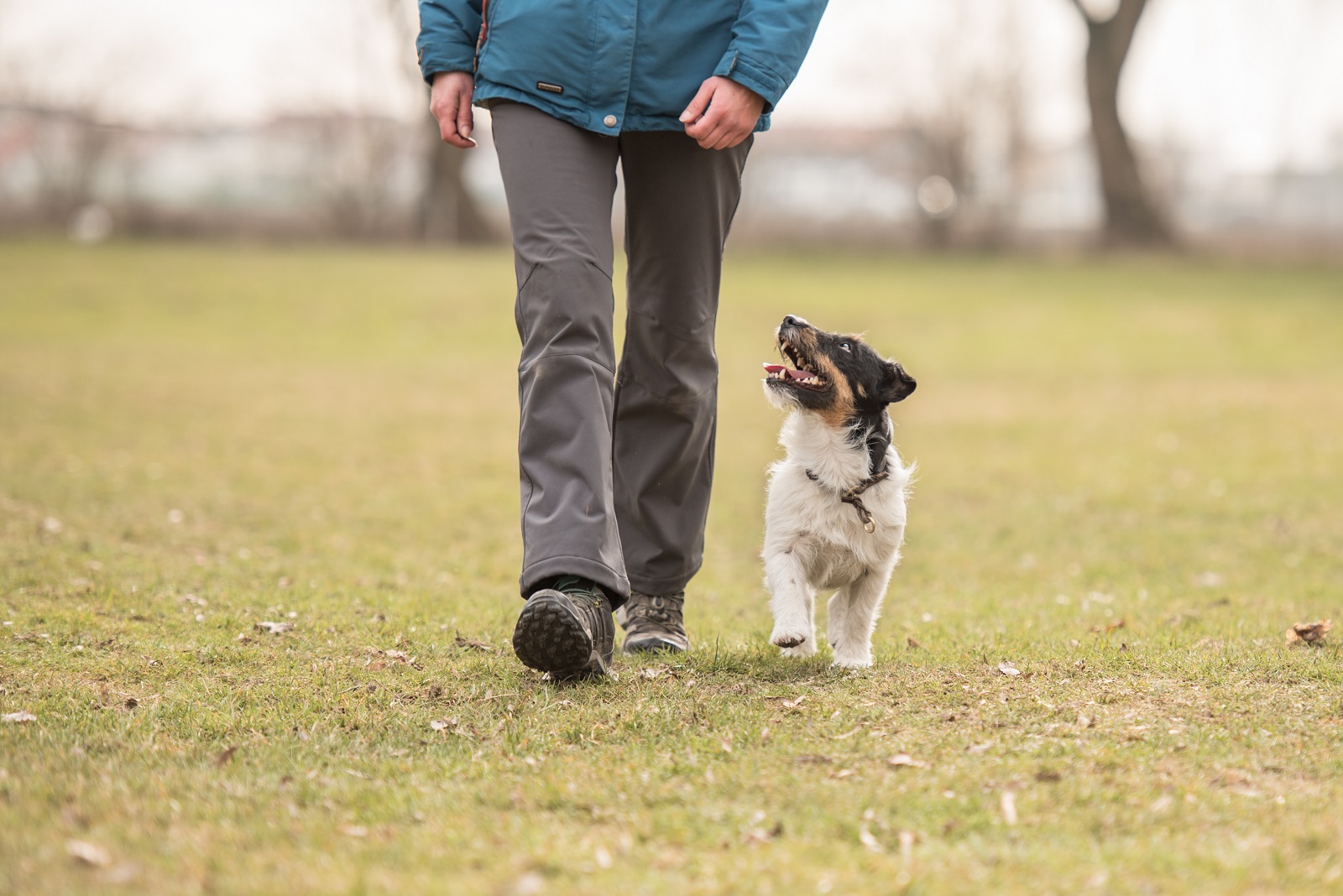
A pet that shadows your every move can seem like the ultimate companion, but this behaviour may suggest dependency issues or anxiety. It’s crucial for pets to feel secure even when alone.
3. Obsessive Licking

Licking can be a sign of affection, but when it becomes excessive, it could be a stress response or indicate skin problems or allergies. Constant licking should prompt a veterinary check-up.
4. Chewing on Objects
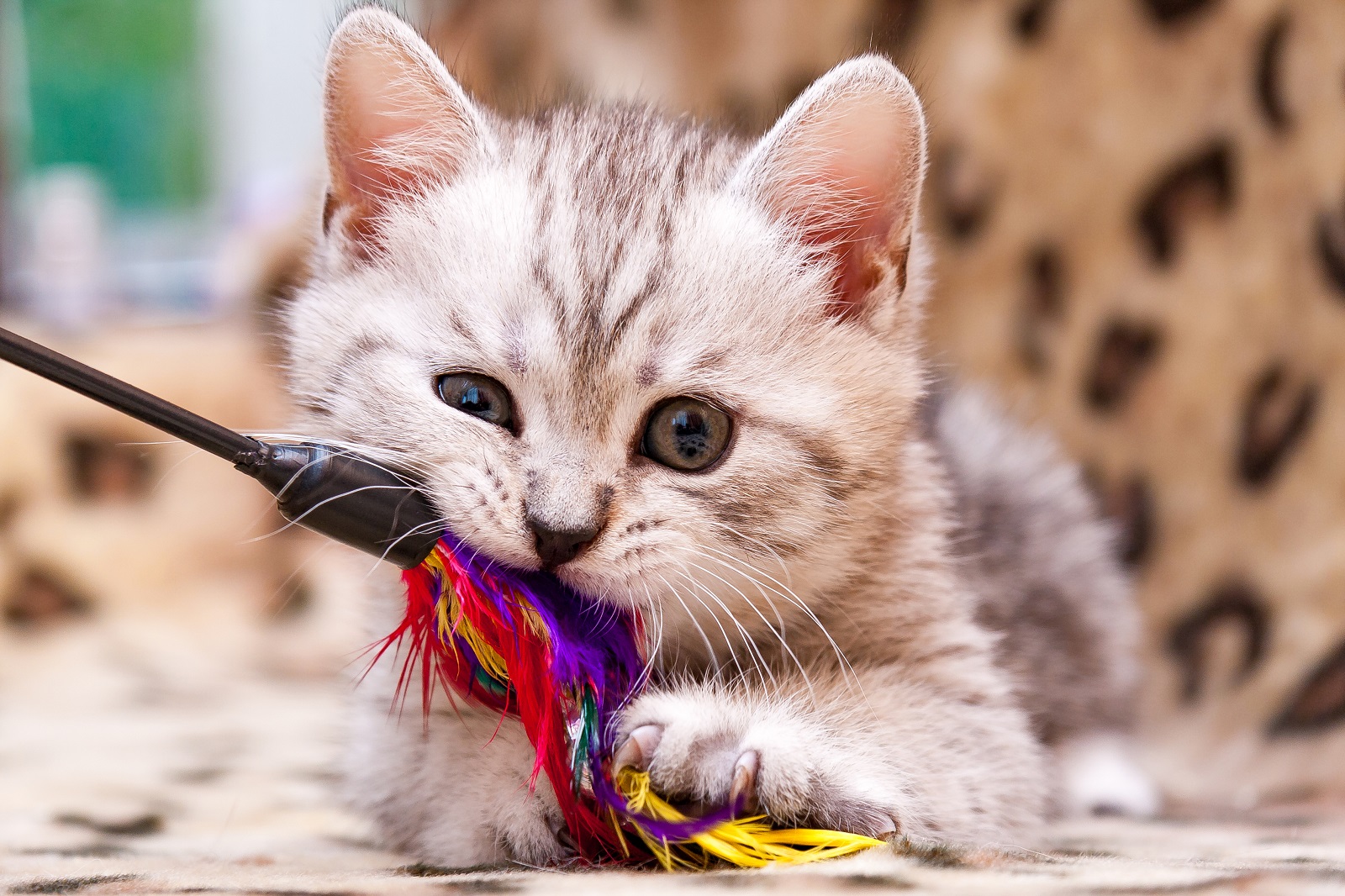
Puppies and kittens chewing on objects is normal, but if older pets continue this behaviour, it could signify boredom or dental issues. Providing appropriate chew toys and regular vet visits can help.
5. Bringing You “Gifts”

While it might seem adorable when your cat brings you a mouse or your dog a toy, it can be a sign they’re seeking more attention or stimulation. Engaging in more playtime might be necessary.
6. Hiding or Burrowing
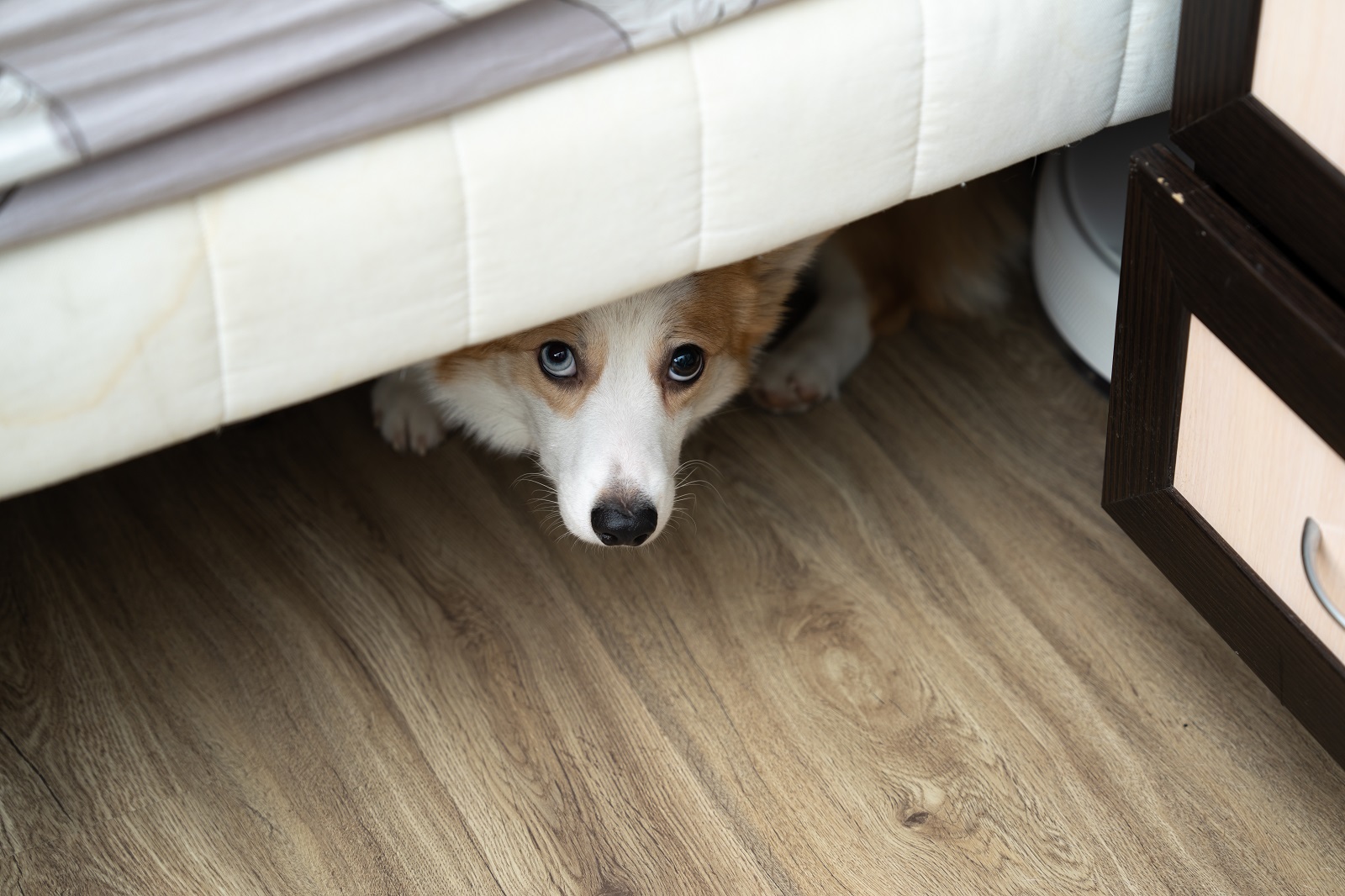
Pets seeking refuge under furniture or in dark spaces might be cute, but it’s often a sign of fear or discomfort. Identifying and removing stressors in their environment is key.
7. Pawing for Attention
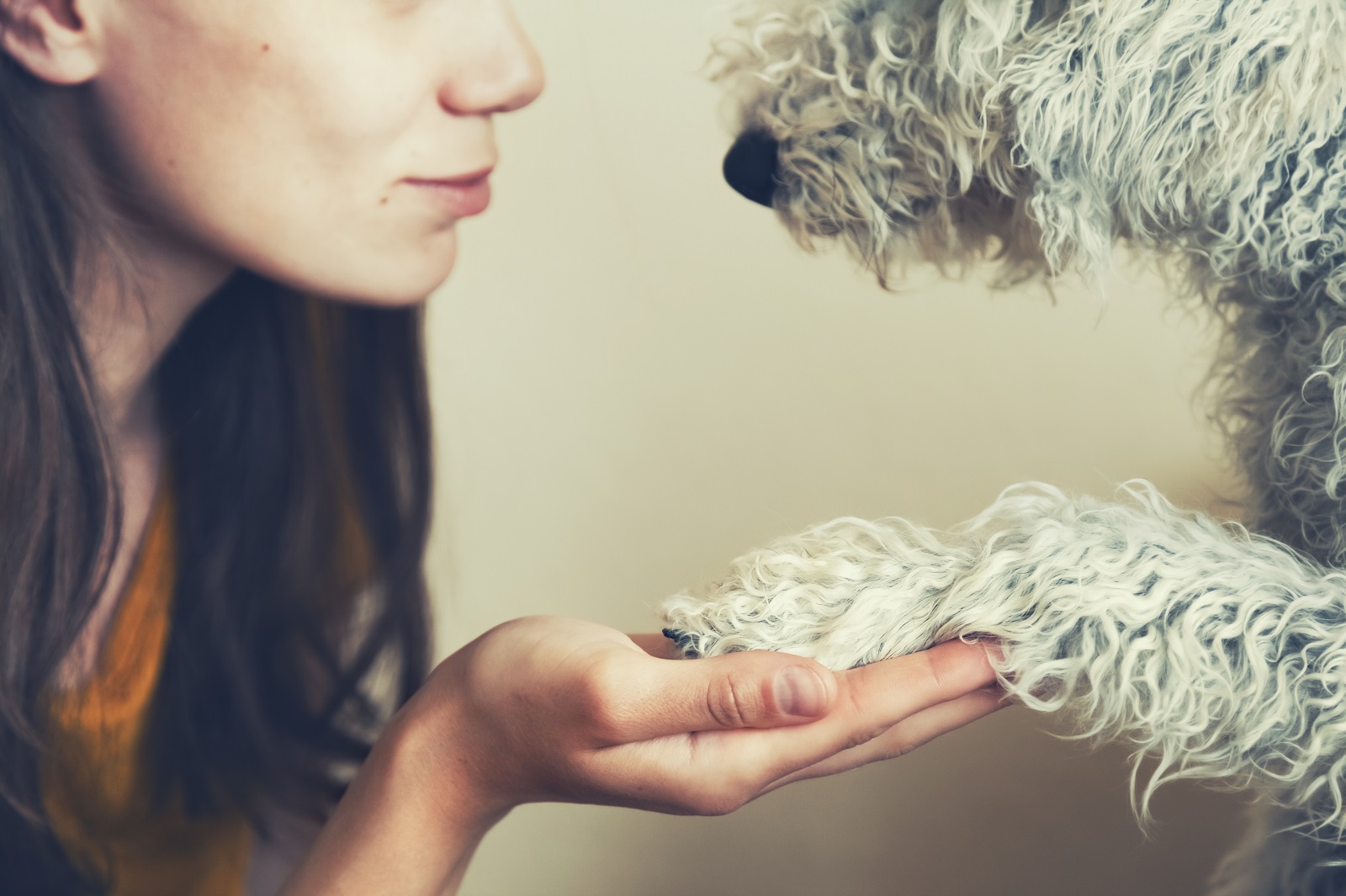
Pawing can be endearing, but if your pet constantly seeks attention in this way, they may be feeling neglected or bored. Regular interaction and training are essential.
8. Spinning or Tail Chasing
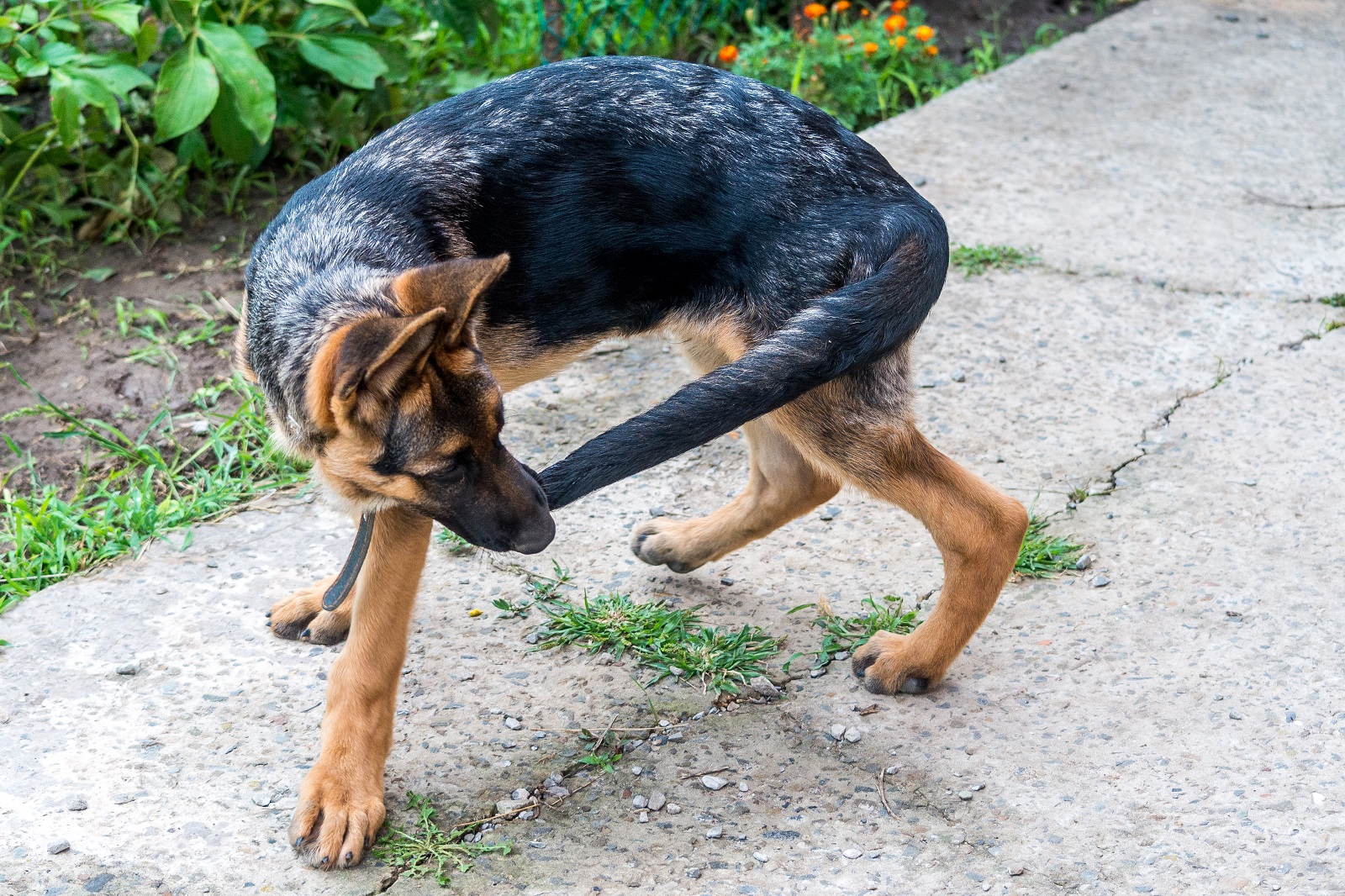
What seems like playful behaviour can sometimes be a compulsive disorder or a sign of frustration. Pets engaging in this frequently should be evaluated by a vet.
9. Refusing to Eat Alone

Pets who won’t eat unless you’re nearby may have separation anxiety or past trauma. Encouraging independent feeding is important for their emotional health.
10. Head Pressing

Jessy Libik
If your pet presses its head against walls or furniture, it’s not just quirky; it’s a serious red flag indicating potential neurological issues that require immediate veterinary attention.
11. Excessive Meowing or Barking

While communication is natural, excessive noise can indicate loneliness, stress, or health problems. Understanding the cause and addressing it is crucial for their well-being.
12. Overgrooming
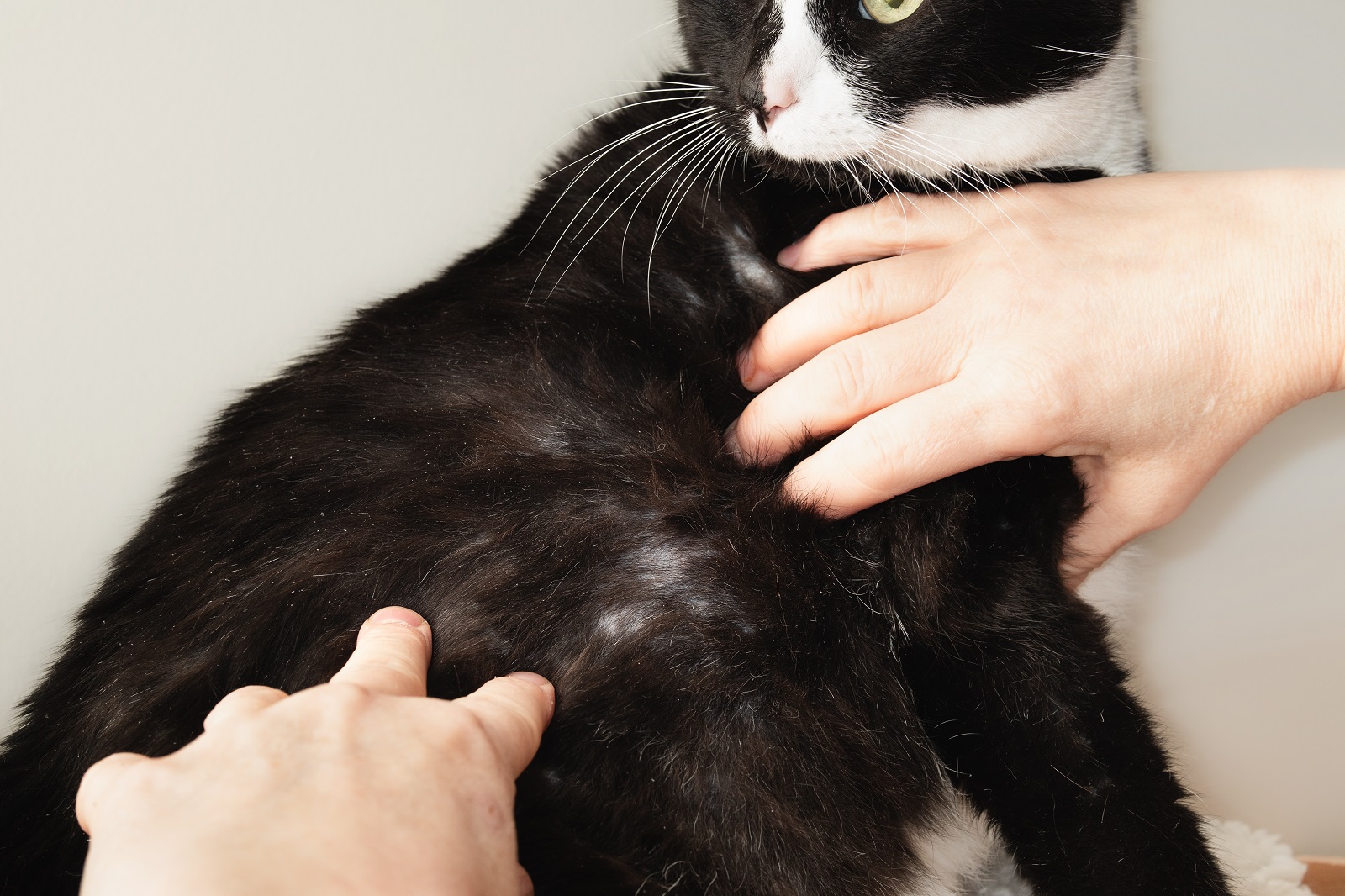
Overgrooming or hair pulling, especially in cats, can seem meticulous but often signals stress, allergies, or skin conditions. A vet visit can clarify the underlying cause.
13. Digging or Scratching
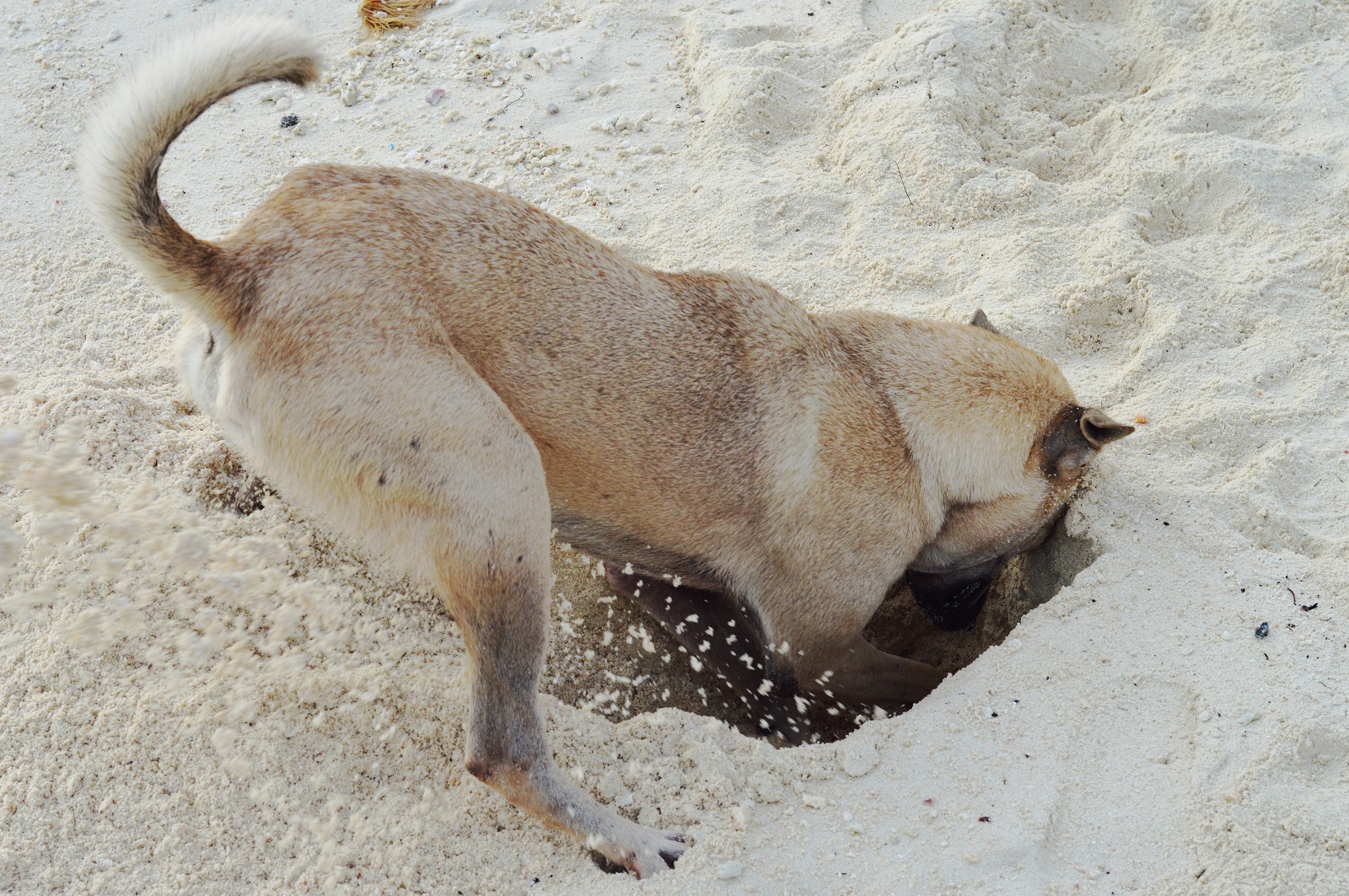
These actions can seem playful, but excessive digging or scratching might indicate anxiety, boredom, or a need for more physical activity and mental stimulation.
14. Avoiding Eye Contact

While shyness can be cute, a pet that consistently avoids eye contact may be experiencing fear or anxiety. Building trust through gentle training and socialisation is important.
15. Sleeping Too Much

A pet that sleeps more than usual might just seem lazy, but it could be a sign of depression, boredom, or illness. Ensuring they have a healthy balance of rest, play, and interaction is vital.
Behind the Cuteness

Understanding the deeper meanings behind these behaviours is key to ensuring your pet’s happiness and health. While they might tug at your heartstrings, addressing these red flags can strengthen your bond and enhance your pet’s quality of life.
The post Red Flags: 15 Bizarre Pet Behaviours That Are Actually Concerning first appeared on PawShore.
Featured Image Credit: Shutterstock / NatRomero .
For transparency, this content was partly developed with AI assistance and carefully curated by an experienced editor to be informative and ensure accuracy.

